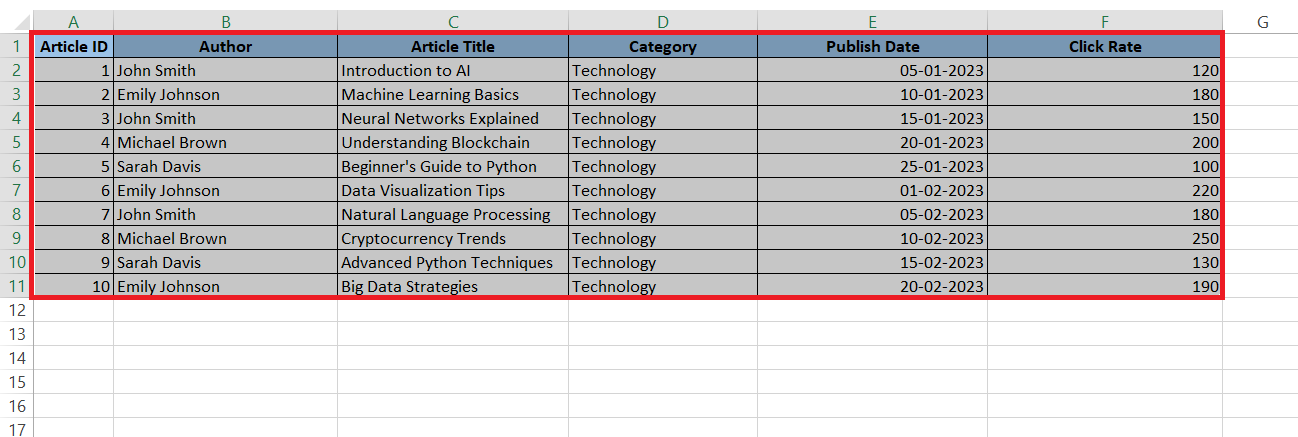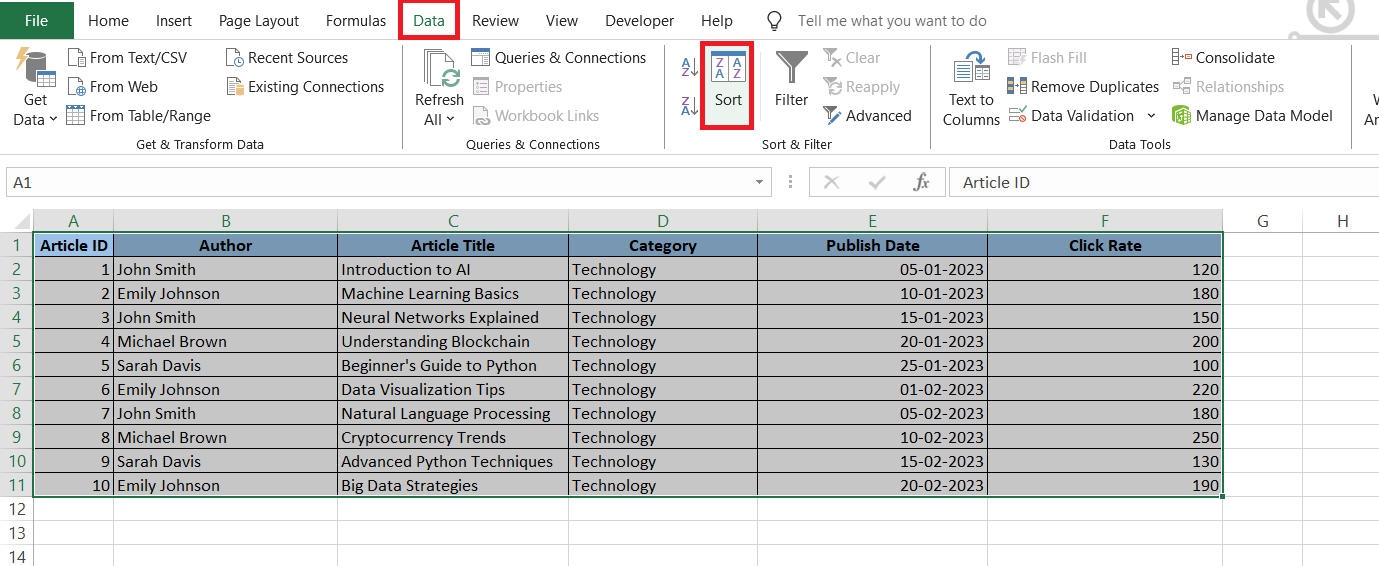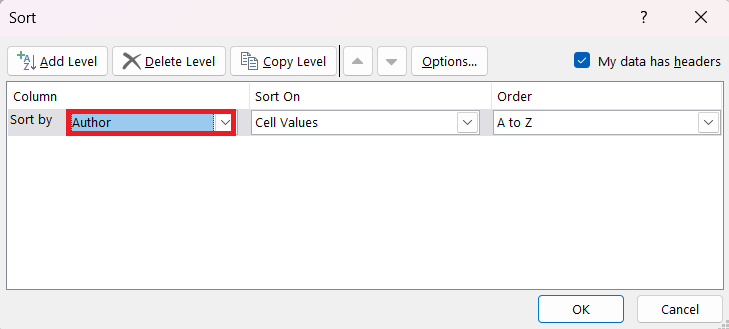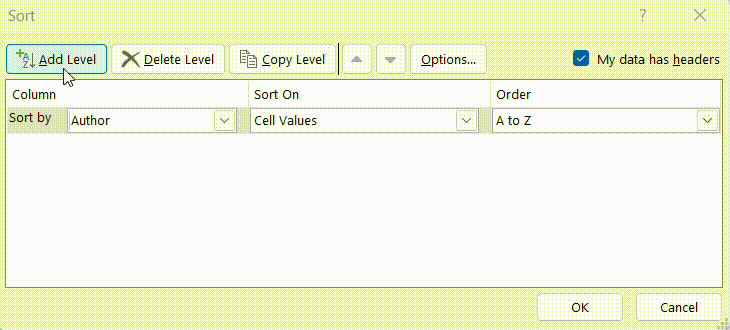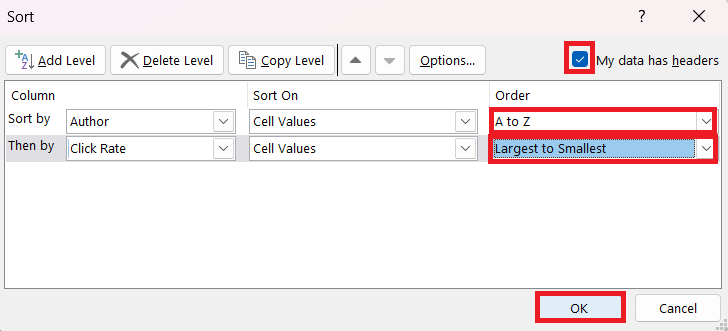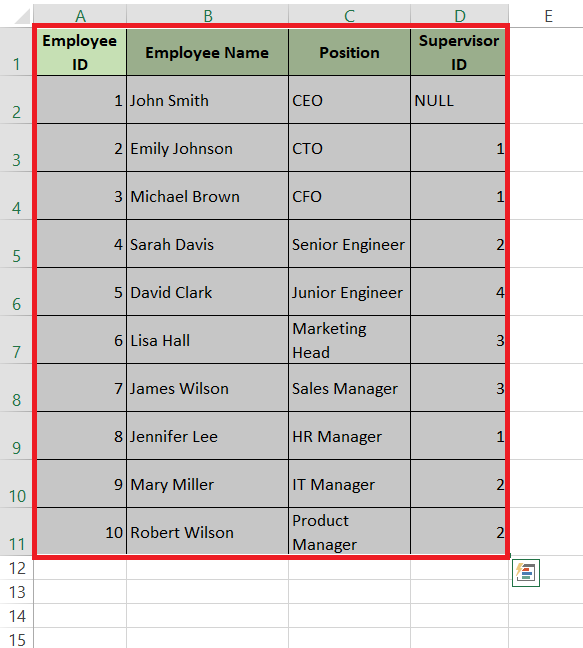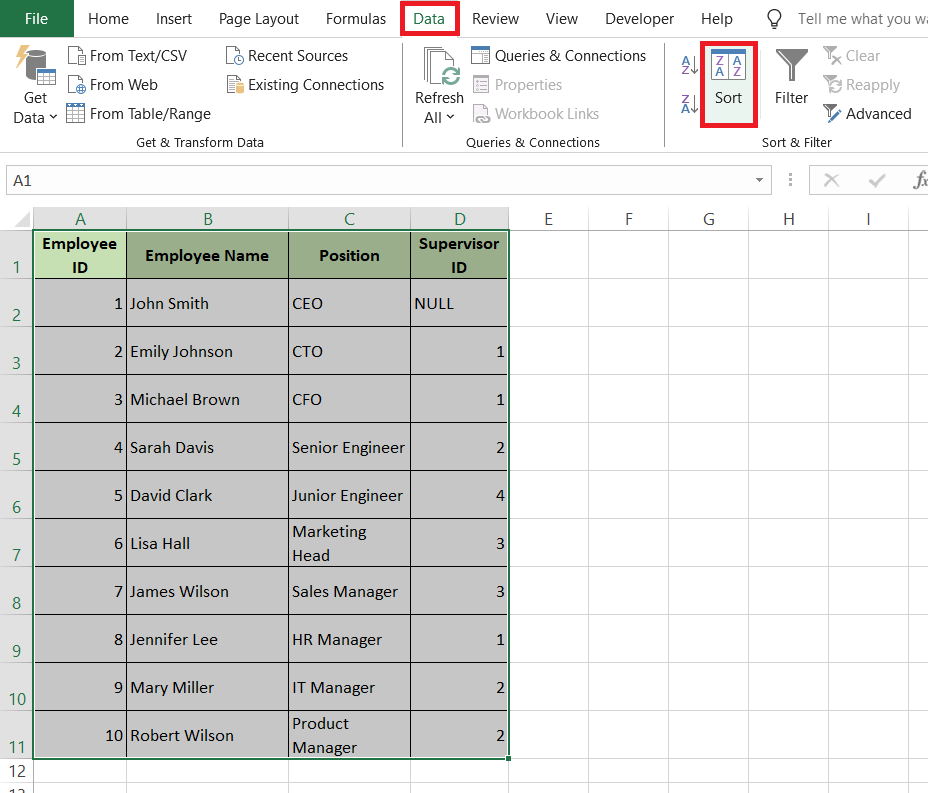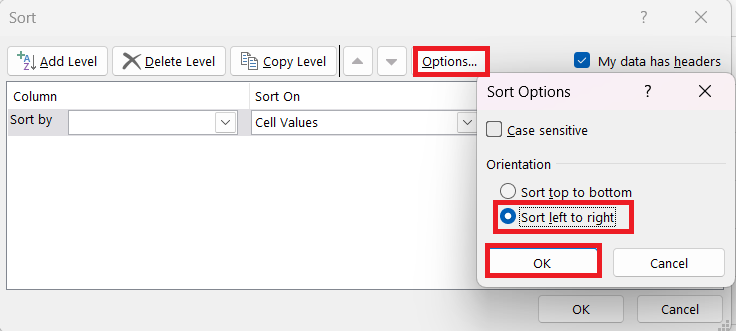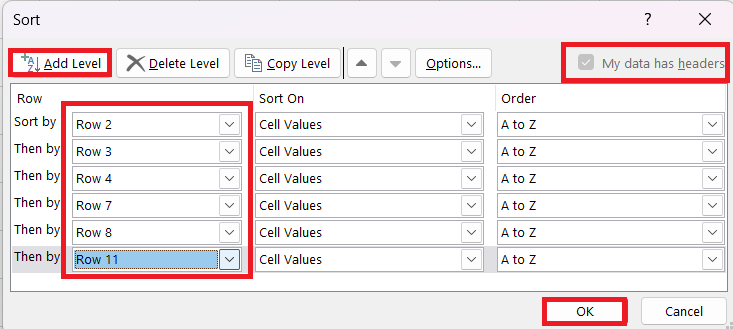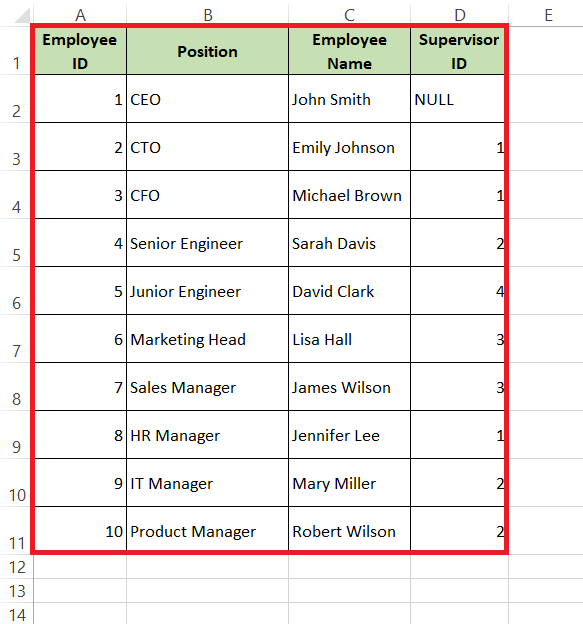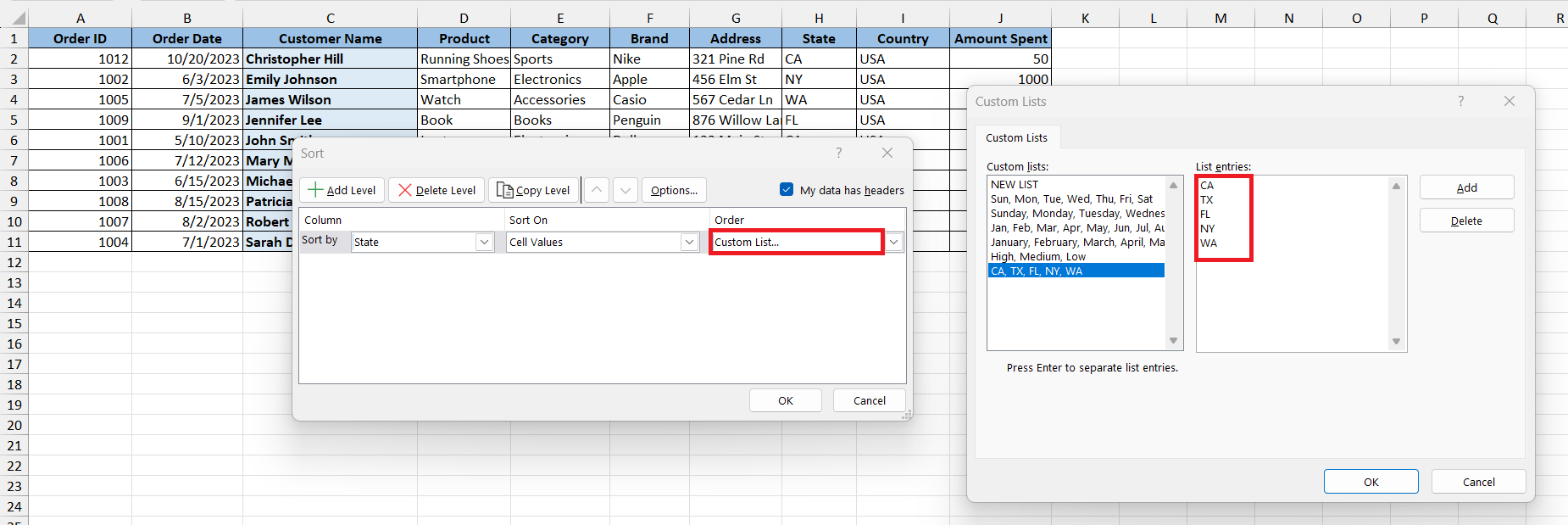- Efficient Organization: Sorting numbers in Excel helps me quickly organize large datasets, making them easier to navigate and understand.
- Insightful Analysis: By sorting, I can reveal trends and patterns that are not immediately apparent in unsorted data.
- Simple Techniques: Basic sorting options like ‘Sort A to Z’ and ‘Sort Z to A’ provide quick solutions for organizing smaller datasets.
- Advanced Sorting: Using multiple columns and custom lists allows me to perform more complex sorting operations tailored to my specific needs.
- Error Prevention: Ensuring proper data formatting before sorting helps prevent common issues like numbers being sorted as text.
Table of Contents
Introduction: Simplify Your Data with Excel Sorting
Unveiling the Art of Number Sorting in Excel
Imagine a world where I can make my data fall perfectly into place with just the press of a button. Sorting numbers in Excel is just that—a magical process that turns chaos into order. By rearranging numbers from the jumbled mess they might currently be in, sorting is my first step to clarity.
Why Mastering Sorting is Essential for Excel Users
Sorting through numbers in Excel isn’t just about making columns look neat; it’s about gaining efficiency and insights. When I master sorting, I can quickly organize large amounts of data, reveal trends, and make it significantly easier to analyze and extract valuable information. This can steer my decision-making in the right direction, laying the foundation for all my future data endeavors in Excel.
Getting Started with Basic Number Sorting
One-Click Sorting: Using Sort A to Z and Sort Z to A
Ready to sort my data at lightning speed? The ‘Sort A to Z’ (smallest to largest) and ‘Sort Z to A’ (largest to smallest) are my go-to options for rapid organization.
Simply click a cell in the column with the numbers I wish to order, hit the respective button under the ‘Data’ tab, and voilà – my list transforms neatly into ascending or descending order. It’s the quick fix I need when working with smaller datasets that don’t require the complexity of multiple sorting layers.
- Sort A to Z
- Sort Z to A
Step-by-Step Guides for Various Sorting Scenarios
How to Sort by Multiple Columns for Deeper Insights
I can dive into multi-dimensional data organization by mastering the art of sorting by multiple columns. By taking control of my table, I can reveal deeper insights. For instance, if I’m curious about the performance of my content writers, I can begin by sorting the ‘Author’ column to group their articles together. Next, I can layer on ‘Click Rate’ to see who’s really capturing the audience. Here’s how:
STEP 1: Start by selecting the ‘Author’ column.
STEP 2: Head over to “Data” and click “Sort”.
STEP 3: In the Sort dialog, choose ‘Author’ for the initial sort.
STEP 4: Click ‘Add Level’ to introduce another layer, selecting ‘Click Rate’.
STEP 5: Decide the order for each; for example, ‘A to Z’ for authors and ‘Largest to Smallest’ for click rates. Ensure ‘My data has headers’ is checked if I have headings. Finally, click ‘OK’ and witness a tidy dataset full of insights.
RESULT: This process is pivotal when I’m slicing through the dimensions of my data and need to track or compare how different variables interact.
Strategies for Sorting Rows, Ranges, and Hierarchical Numbers
Sorting isn’t always limited to columns; sometimes I need to rearrange entire rows or specific ranges, preserving the relationship between data points. If I’m working with hierarchical numbers, where order signifies a rank or level, I’ll want to sort while keeping subordinates under their respective superiors. Here’s a strategy:
STEP 1: Highlight the range I need to sort, including every row and column that contains related data.
STEP 2: Go to ‘Data’, then click ‘Sort’.
STEP 3: If sorting by rows, select ‘Options’ in the Sort dialog, and switch to ‘Sort left to right’.
STEP 4: For hierarchical sorting, use ‘Sort by’ for my top-tier classification, then ‘Add Level’ for subordinate layers. Review each sorting criterion, ensuring headers are recognized if present. Click ‘OK’ and the rows or ranges align perfectly, maintaining their relational integrity.
RESULT: By understanding the relational structure of my data and how to use Excel’s sorting options, I can keep information connected and coherent, ready for insightful analysis.
Advanced Sorting Techniques to Enhance Productivity
Harnessing the Power of Custom Lists for Personalized Sorting
When dealing with specialized sets of data like months of the year or priority levels, general alphabetical or numerical sorting just won’t cut it. Enter the power of Custom Lists in Excel. I can sort according to my own defined sequence, ensuring that my spreadsheet reflects the real-world order of my data.
Imagine sorting my quarterly reports not by the usual suspects—names or numbers—but by the sequence of months as they occur naturally. With Custom Lists, I can create a sort order that aligns with my intuitive understanding of the data layout. It personalizes my approach and streamlines my workflow, making data a breeze to navigate.
FAQ: Answering Your Frequently Asked Sorting Questions
What’s the Easiest Way to Sort Numbers in Excel?
The easiest way to sort numbers in Excel is to use the built-in Sort & Filter feature. Just select your data, hit the ‘Sort A to Z’ button for ascending order, or ‘Sort Z to A’ for descending order on the Data tab or Home tab. This one-click method reorders your numbers swiftly, making it a snap to organize simple datasets.
How do I arrange numbers sequentially in Excel?
To arrange numbers sequentially in Excel, simply click any cell containing your number data, and then use the ‘Sort A to Z’ option for ascending order or ‘Sort Z to A’ for descending order found under the ‘Data’ tab. Excel will automatically rearrange your numbers in the selected range.
Can I Sort Data by Color or Icon in Excel Spreadsheets?
Absolutely, you can sort data by color or icon in Excel. Simply select your dataset, go to the ‘Data’ tab, and click ‘Sort’. Choose the option ‘Sort On’ and select ‘Cell Color’, ‘Font Color’, or ‘Cell Icon’, depending on your needs. Then, specify the order you want for your colors or icons, and Excel will do the rest.
How Do I Sort Mixed Numbers and Text without Errors?
Sorting mixed numbers and text without errors can be tricky. First, ensure consistency in formatting, then use ‘Text to Columns’ to separate numbers from text if necessary. For alphanumeric strings, consider padding with leading zeros for uniformity. Sort using the ‘Sort A to Z’ or ‘Custom Sort’ features, and carefully check that all data sorts as intended. If Excel recognizes them as text, converting to numbers before sorting can solve sorting issues.
Why doesn’t Excel Sort numbers properly?
If Excel isn’t sorting numbers properly, it’s often because they’re formatted as text, not numbers. Excel sorts text based on each character’s order, not numerical value. To fix this, convert text to numbers before sorting. Use the ‘Text to Columns’ feature, or simply multiply the column by 1, and ensure all data has consistent formatting to avoid mishaps.
John Michaloudis is a former accountant and finance analyst at General Electric, a Microsoft MVP since 2020, an Amazon #1 bestselling author of 4 Microsoft Excel books and teacher of Microsoft Excel & Office over at his flagship MyExcelOnline Academy Online Course.




